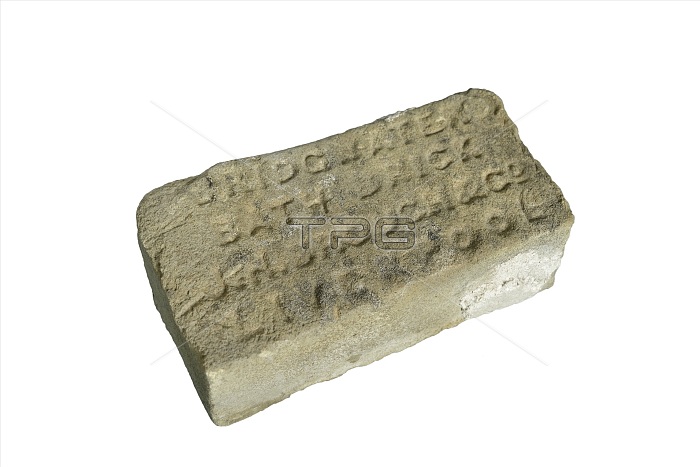
The bath brick (also known as Patent Scouring or Flanders bricks), patented in 1823 by William Champion and John Browne, was a predecessor of the scouring pad used for cleaning and polishing. Bath bricks were made by a number of companies in the town of Bridgwater, England, from fine clay dredged from the River Parrett near Dunball. The silt contained fine particles of alumina and silica. It was collected from beds of brick rubble, left in the rain for the salt to be washed out and then put into a "pugging mill" which was powered by a horse to be mixed, before being shaped into moulds and dried. These would be wrapped in paper and boxed for sale in England and throughout the British Empire. By the end of the 19th century some 24 million bath bricks had been produced in Bridgwater for the home and international markets. The brick, similar in size to an ordinary house brick, could be used in a number of ways. A mild abrasive powder could be scraped from the brick and used as a scouring powder on floors and other surfaces. Powder could also be moistened with water for use on a cloth for polishing or as a kind of sand paper. Items such as knives might be polished directly on a wetted brick.
| px | px | dpi | = | cm | x | cm | = | MB |
Details
Creative#:
TOP23939220
Source:
達志影像
Authorization Type:
RM
Release Information:
須由TPG 完整授權
Model Release:
No
Property Release:
No
Right to Privacy:
No
Same folder images:

 Loading
Loading